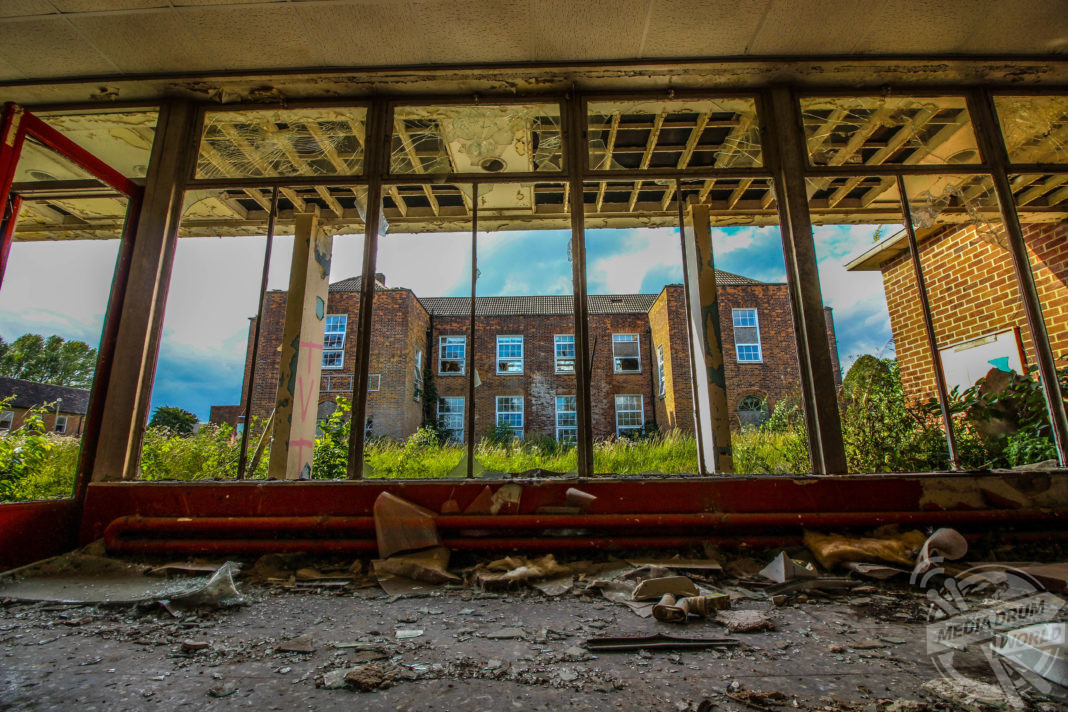
By Alex Jones
AN ABANDONED RAF base which was central to defending the UK from the Nazi Luftwaffe threat in World War Two has been left to rot for years – and has even been defaced with paedophilic scrawls and a SWASTIKA.
Eerie photos of RAF Church Fenton, the base which defended some of England’s biggest cities during the war, show the desperate level of decay on site – with Nazi propaganda sprayed on the wall of an old mess room where fearless RAF pilots would once unwind after stoically defending these shores; a derelict bar where airmen would’ve drank away their woes and toasted their fallen comrades; and a rotting assembly hall, where the floors and ceilings have all but crumbled away.
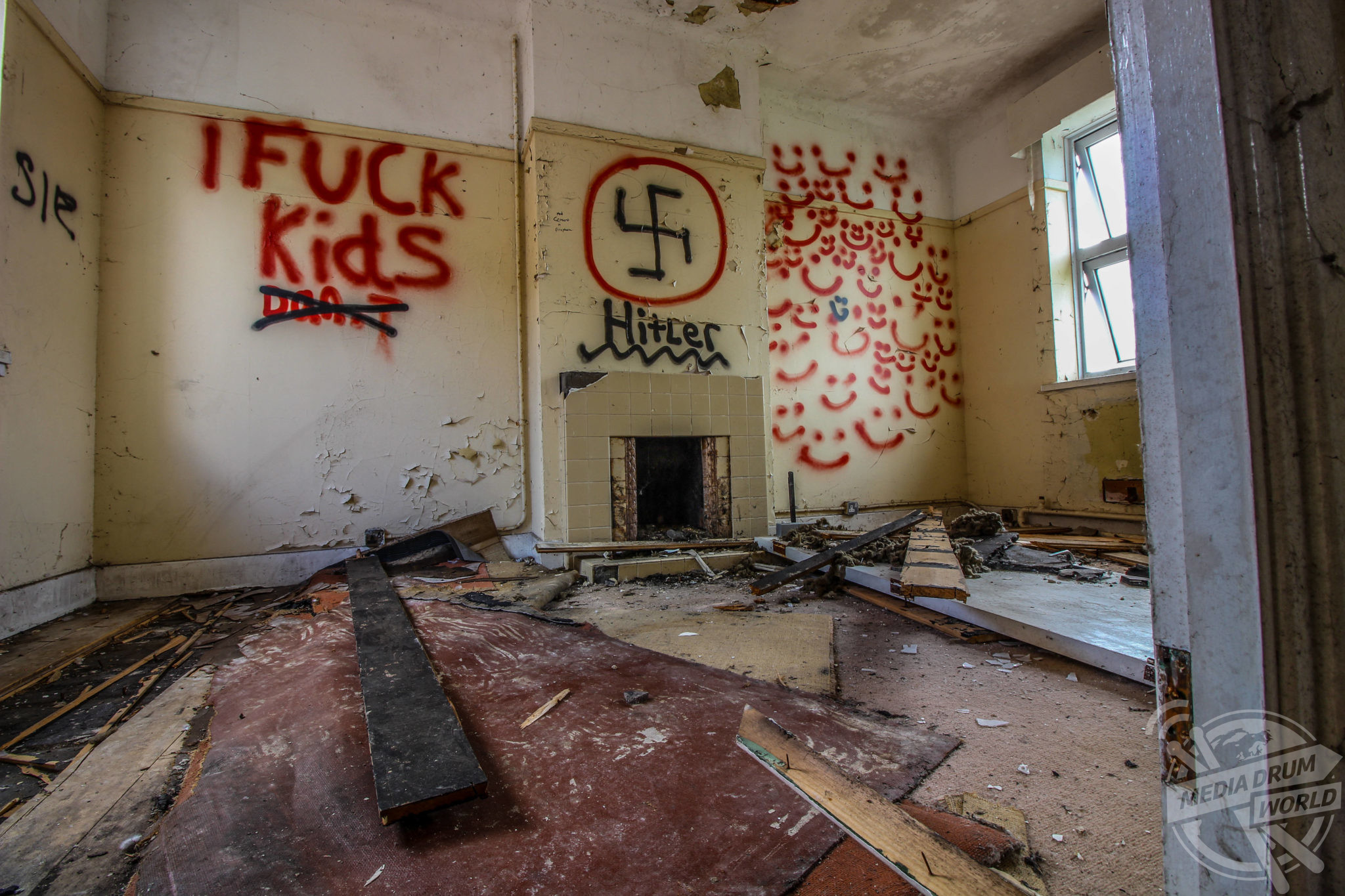
The base, located near Tadcaster in North Yorkshire, was established in 1937 as the menace of Hitler and his expanding Third Reich cast a shadow over Europe. It proved a pivotal role in the defence of the nation during the war years and hosted a number of significant squadrons – including the first RAF “Eagle” Squadron of American volunteers, the first all-Canadian RAF Squadron, and the first all-Polish RAF Squadron. It also played a crucial role protecting the Allied troops during the D-Day landings.
The disheartening photographs were captured recently by an urban explorer, known only as FreakyD, who said the dilapidated base has an unsettling atmosphere.
“Having so many buildings to explore makes this site feel a bit like a ghost town, walking through long grass to get between each building gives you a feeling of being the last man on earth,” admitted Freaky D.
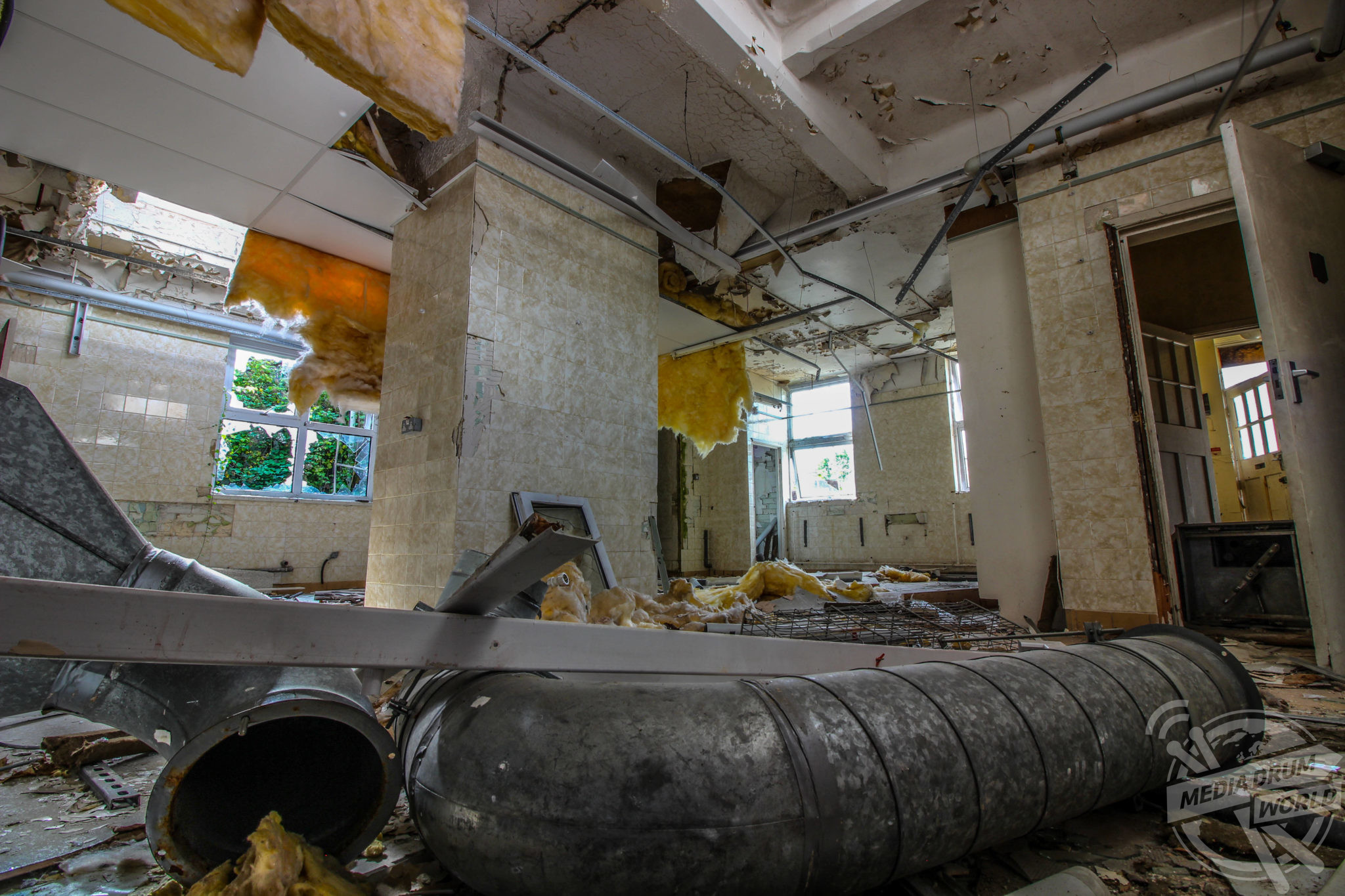
“Large RAF style ‘bunkers’ still remain which give a great insight into what life at this RAF base may have been like 80 years ago. There are also several large kitchens and social rooms where officers could wind down after a hard day, and judging by the amount of bars I would imagine they were big social drinkers too.
“In the basement of some of the buildings you can find dark bunkers with thick concrete walls, a few benches and a ladder leading up to the surface through a concealed hatch. I imagine they would have been used as air raid shelters for the ground crew during attacks – they are very cold and dark and it must’ve been uncomfortable.
“There is also a nice little general store on site with a retro checkout counter.”
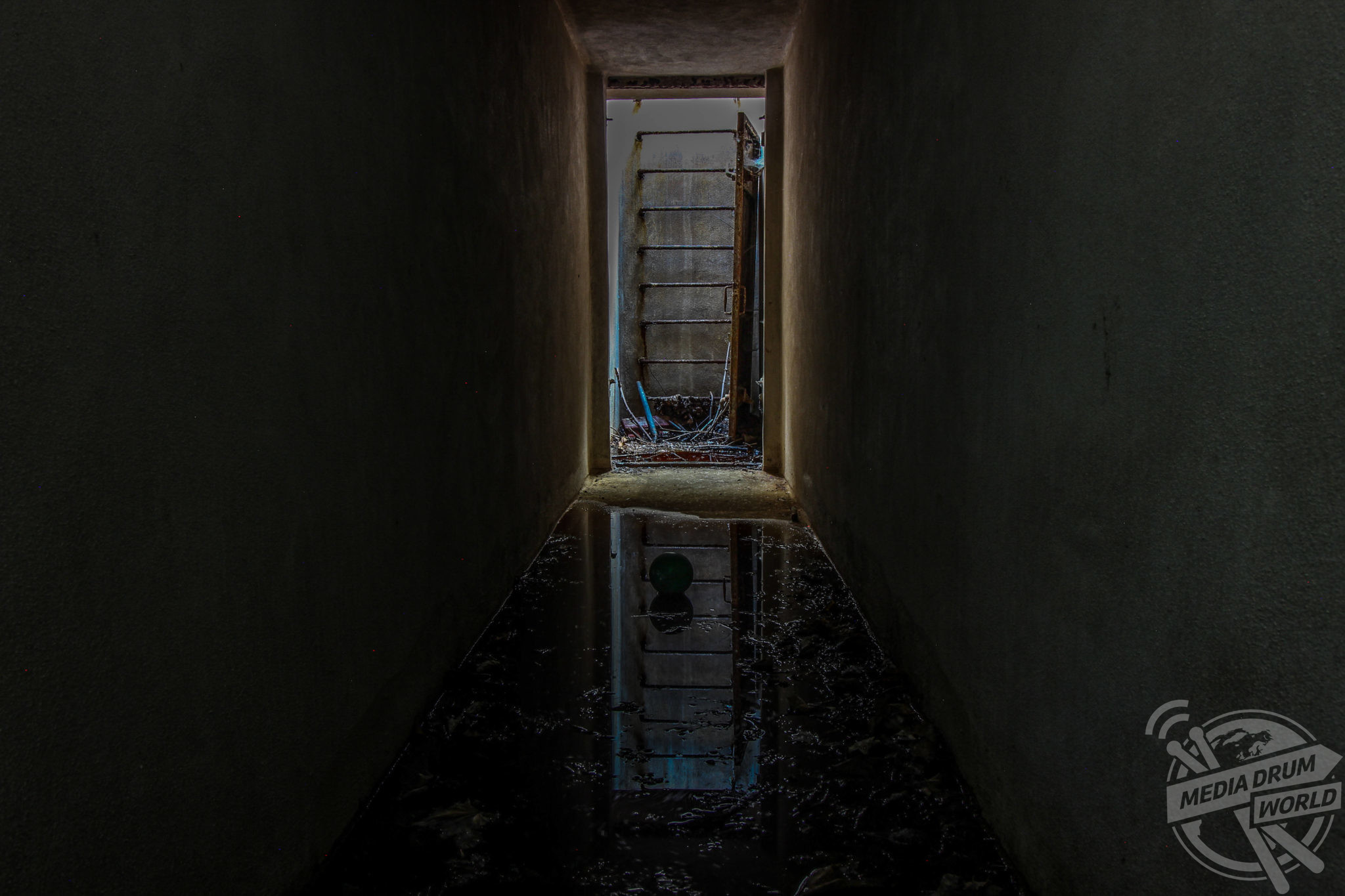
The remarkable site has witnessed more than its fair share of history, both aviation and otherwise.
Some of the very first planes to be used at Church Fenton were Gloucesters – dated biplanes that were used as frontline fighters by the RAF before they were replaced by monoplanes, such as the Spitfire.
During the Second World War, the airfield was home to many squadrons and aircraft types, including Hurricanes, Mosquitoes, Blenheims, Beaufighters, Typhoons and Mustangs. Some of the squadrons stationed there also flew the de Havilland Mosquito – a fast but flimsy aircraft predominately made of wood which was only in service for a matter of months. As with all of the RAF, inevitably a number of Church Fenton aircrew paid the ultimate price in the defence of Britain.
For the war’s early years, RAF Church Fenton was tasked with defending the industrial cities of northern England from attack by German bombers. With the advent of radar, some of the very first night-fighters flew out of the Yorkshire base as well.
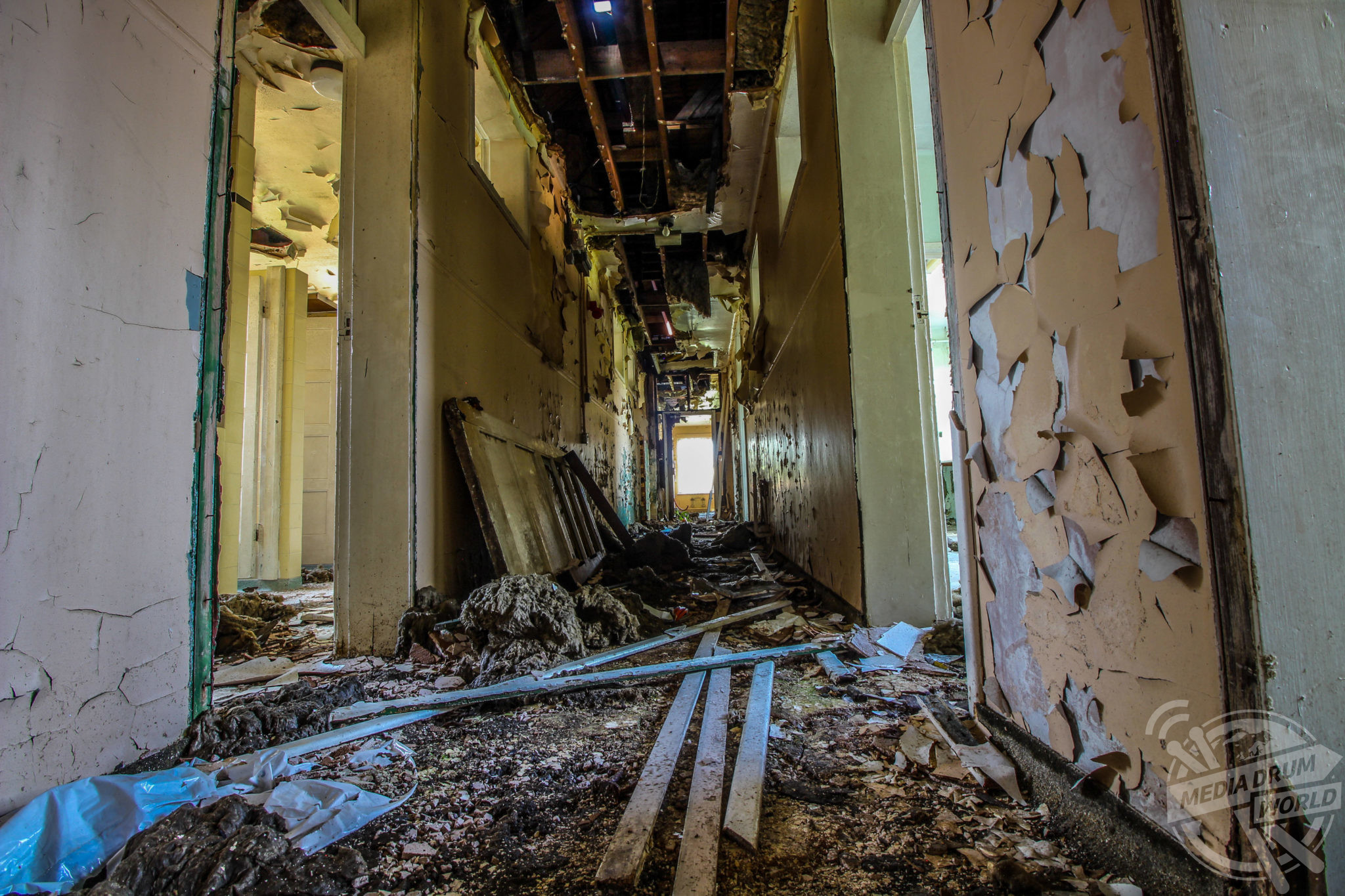
From 1942 onwards, the base became more offensive than defensive and led many attacks on key targets across northern Europe. Squadrons which were based at RAF Church Fenton were also key in providing radar cover over the beaches of northern France during the Normandy Landings.
Sadly, despite the history of the RAF base, little remains today to remember the brave men and women who served at the military facility.
“The buildings appear to still be standing fairly strong with only a few areas of holes in roofs or missing floors but water damage – like most abandoned buildings – has ravaged the site,” added FreakyD.
“It’s amazing it’s there at all though. With the price of land and housing it seems strange that sites this large can be left alone without being flattened to make way for new builds or being converted into industrial estates or offices.
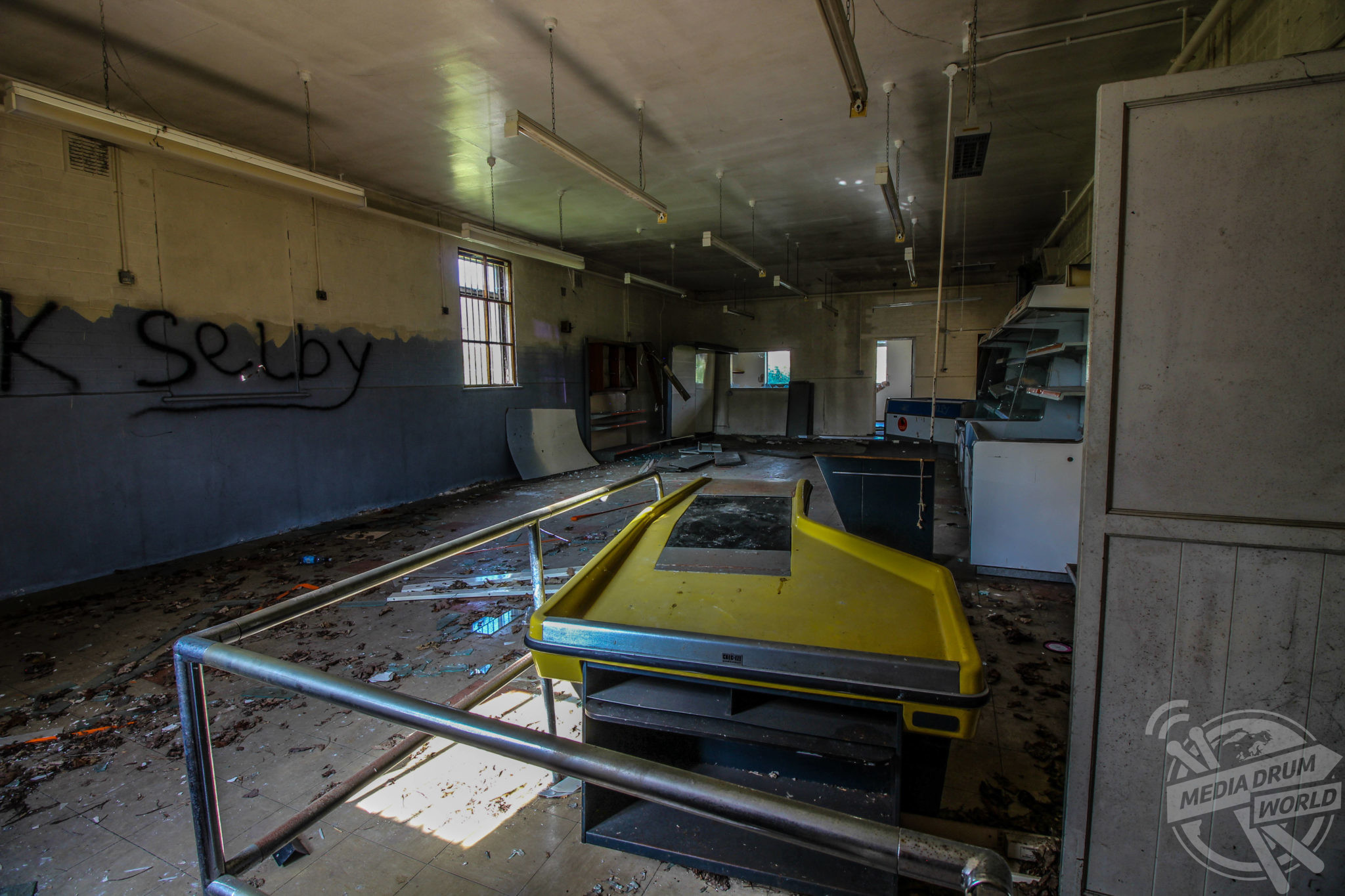
“I personally like the fact that a part of our history can be left alone, even in bad condition. I love urban exploring because it lets people see what they normally can’t. it takes them behind the closed doors and brings the run-down looking building to life.”
Immediately post war, the station retained its role as a front-line fighter station in the defence of northern England. In April 1946, the station became one of the first in the country to operate jet aircraft, the Gloster Meteors of 263 Squadron.
In July 1959, the station ceased being a front-line home defence station, and its role changed to that of pilot training, one which it carries out to this day which continued until the RAF left in 2013. Several of the buildings pictured had been put out of service long before the RAF decided to close the historic base.
There are currently plans to convert the convert existing aerodrome buildings into studios, with eventual plans for a ‘Pinewood of the north’.






